Layer conceptualises a next-gen AI-powered device: introducing the PiA
PiA, the Personal Intelligent Assistant, is a conceptual vision of how AI might evolve to dovetail with familiar devices and form factors
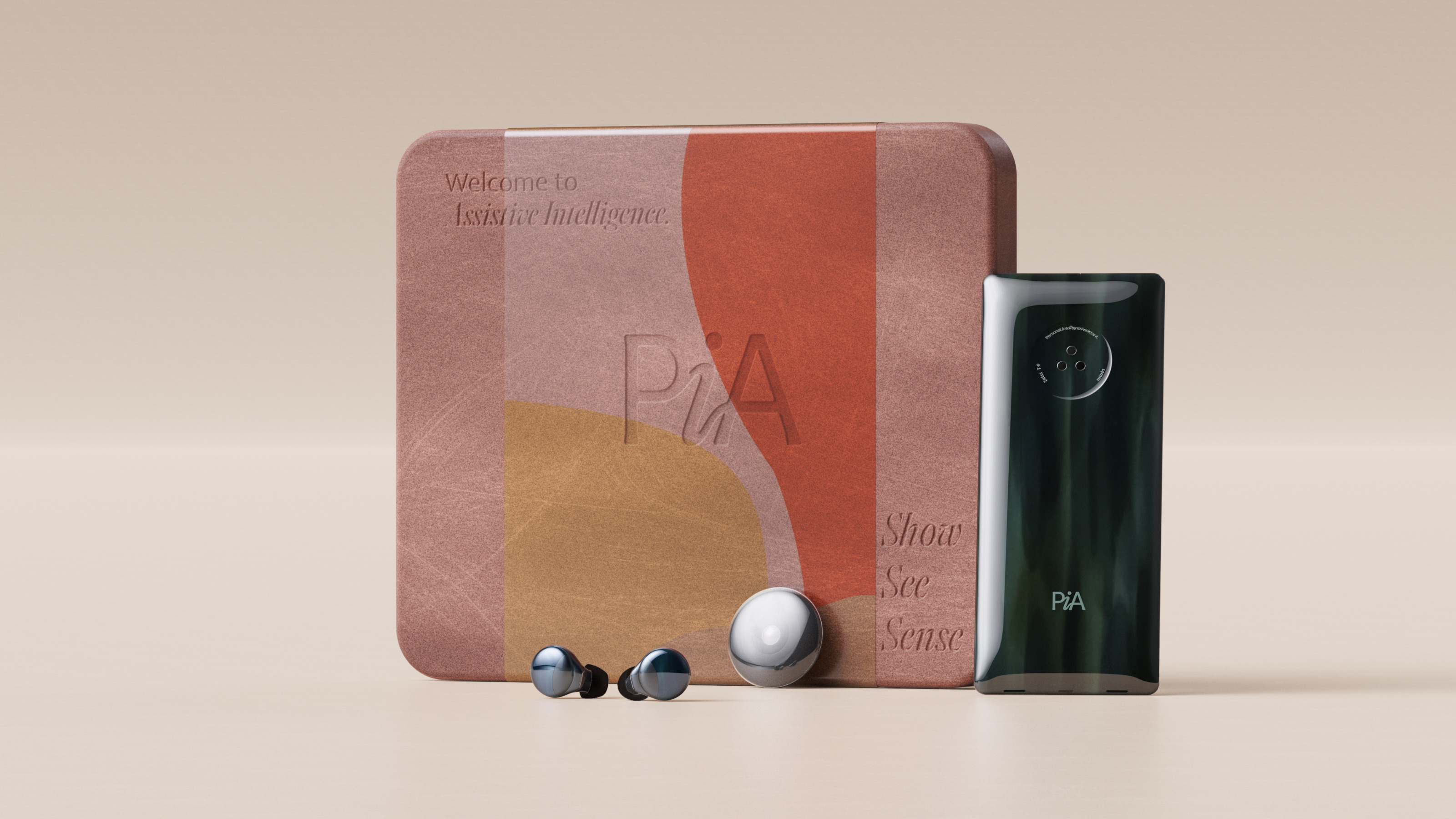
Where are we really at with personal, pocketable AI devices? The lukewarm market reception to recent gadgets like the Rabbit and the Humane AI pin imply that consumers aren’t quite ready for a standalone AI-enabled device. We’re all too tethered to our phones and earbuds, and the offerings from Apple, Samsung, Google and OpenAI (amongst many others) all use this existing tech infrastructure to deliver their intelligent agents.
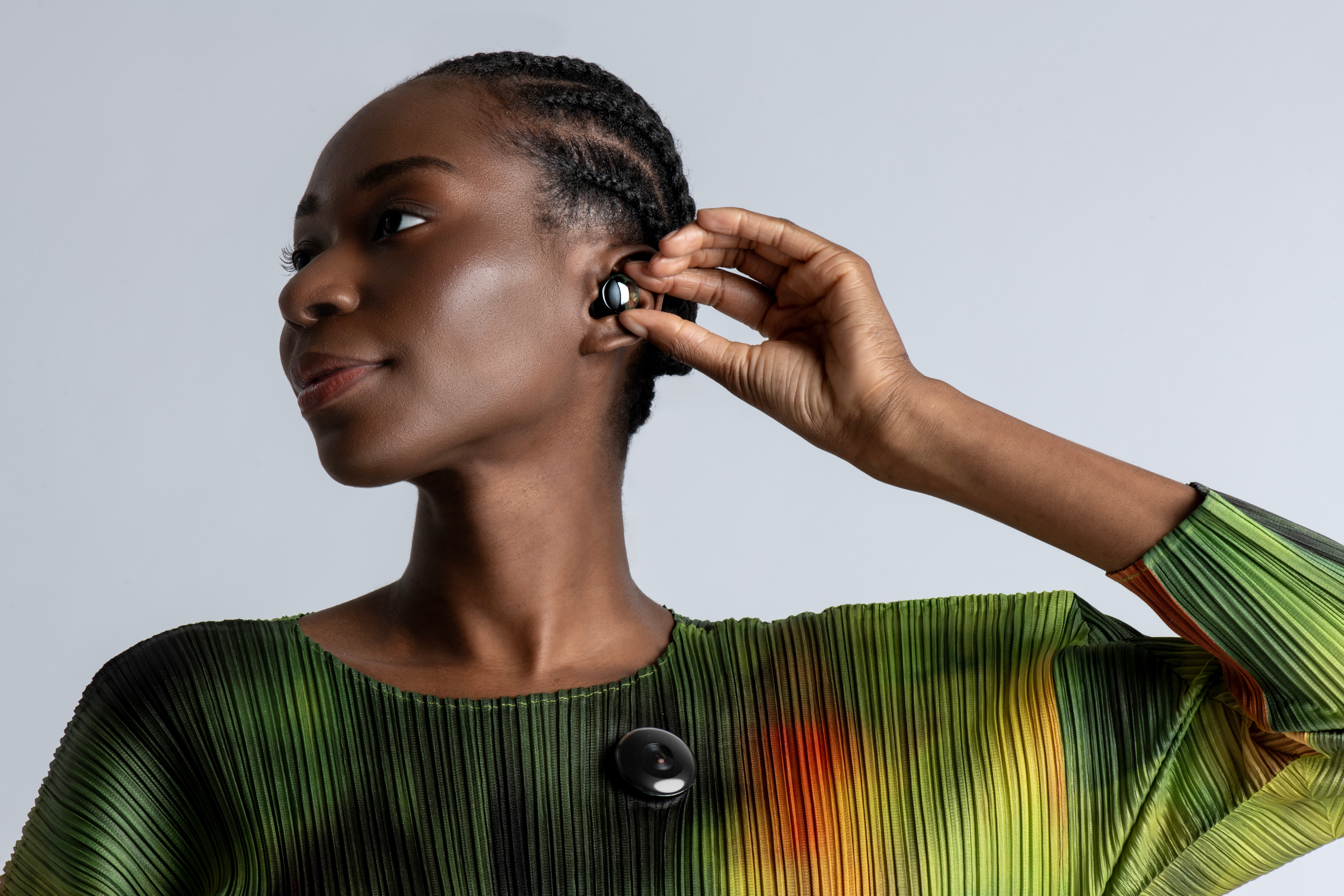
PiA consists of biometric earbuds, a camera module and a smartphone
The PiA system hedges its bets by spreading its proposed AI assistance across three ‘near future’ devices, a biometric earbud, a wearable camera module and a smartphone. These are designed not only to harmonise visually with each other but also for the camera unit to dock with the phone. Produced in collaboration with model makers Complete Fabrication, the system uses crafted recycled glass as a primary material, creating richly textured surfaces that are a world away from the monolithic design of most contemporary mobiles.
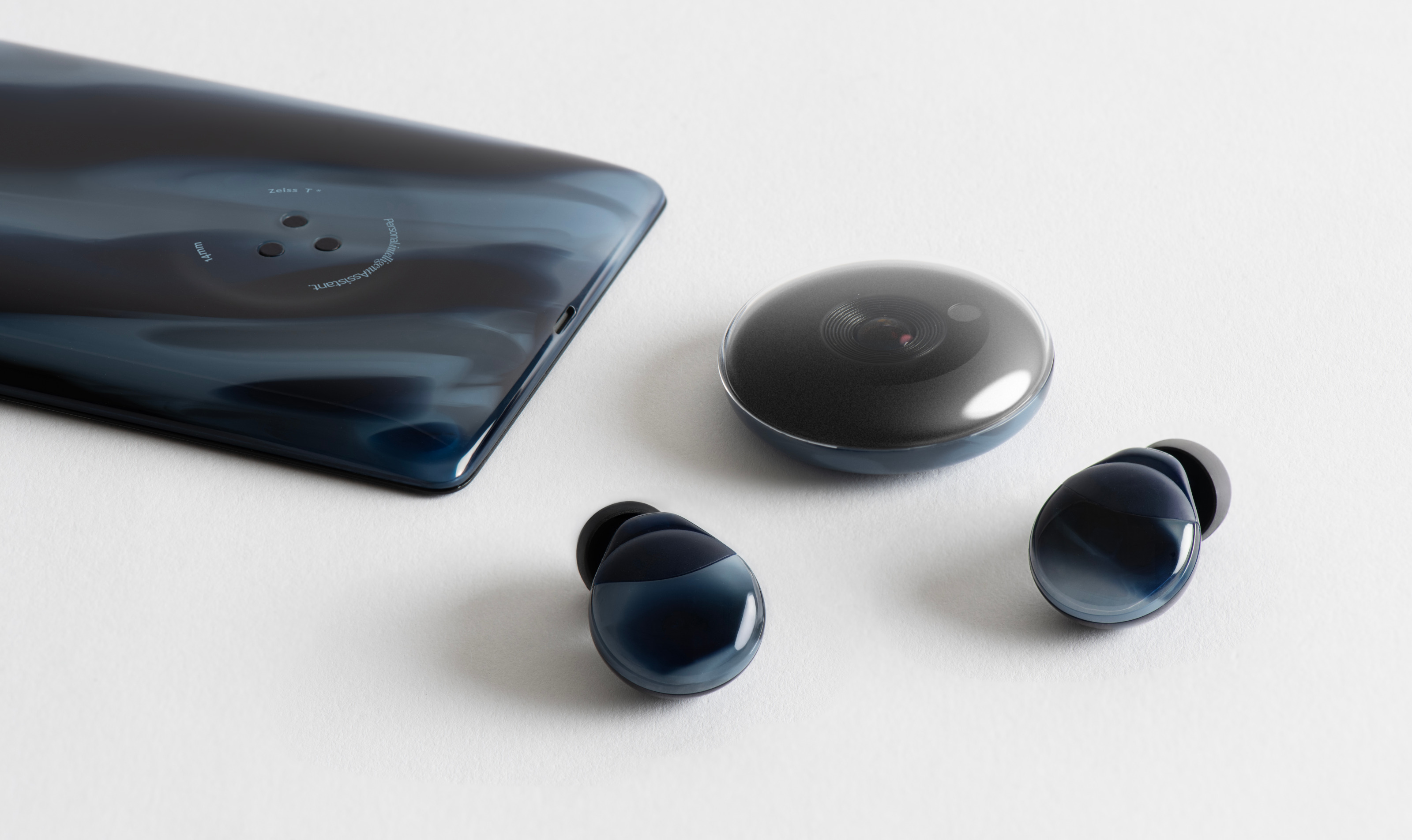
The camera module docks with the back of the smartphone
According to Layer’s founder, Benjamin Hubert, ‘PiA was born from a desire to bring emotion to artificial intelligence. In a world where AI is often feared, we believe that fear is rooted in its “artificial” label. Our mission was to make it more human.’ Dialling back the complexity, Hubert hopes the system showcases a more connected, assistive AI, one that brings together Layer’s expertise in branding, digital innovation and traditional product design.
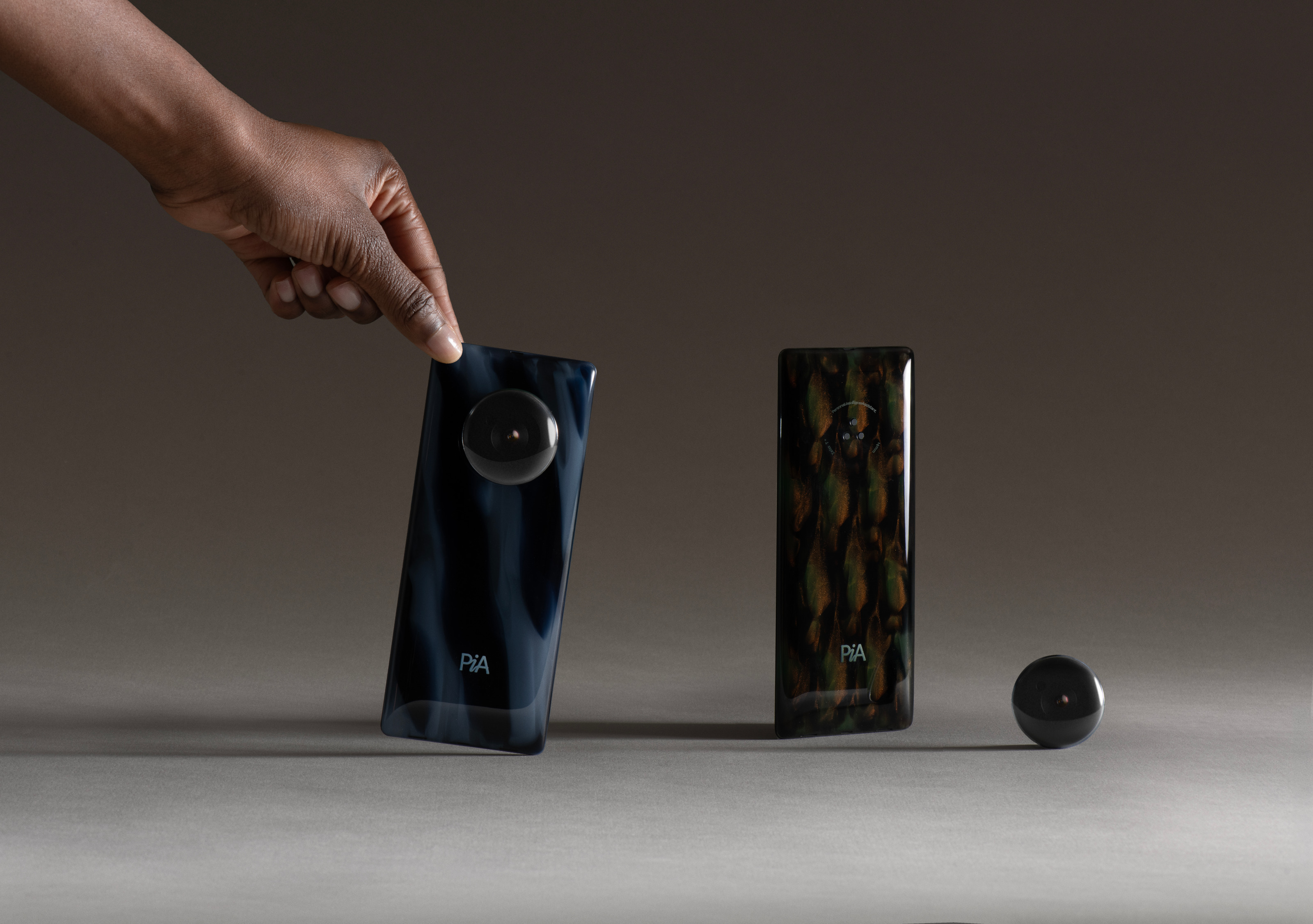
PiA, the Personal Intelligent Assistant
At the heart of PiA is a visual avatar, rather than a conventional mobile operating system. The intention is to move away from existing ways of interacting with AIs and create a sophisticated system that can ‘see’ and ‘hear’ as well decode text and imagery. ‘By capturing the user’s environment and biometric information, PiA is able to offer continuously updated, bespoke advice and contextual information, enhancing every aspect of a user’s life,’ the design team explains. On top of that, there’s a focus on a visual display of emotion, all the better to create a bond between the user and device.
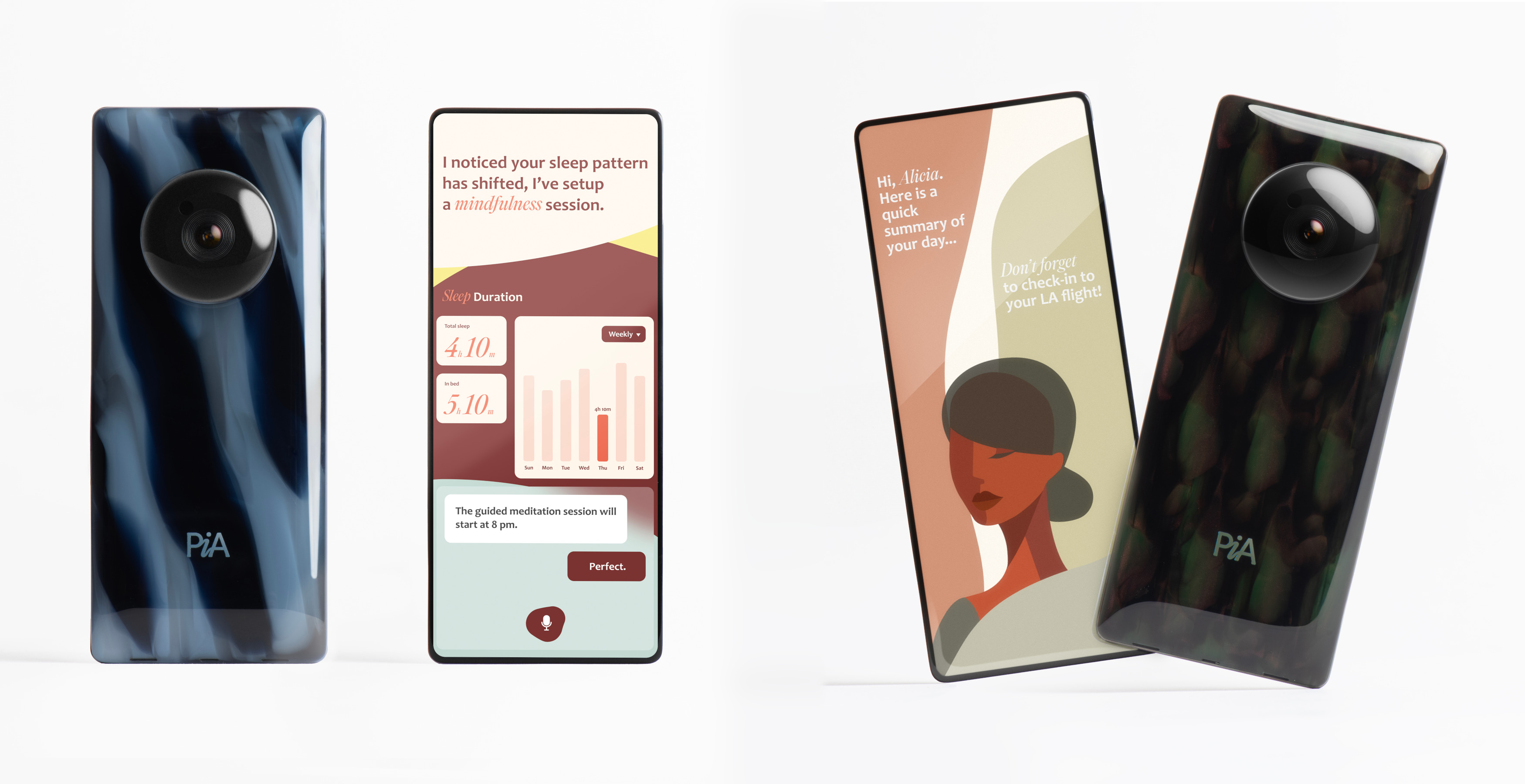
Sample OS screens from PiA
By separating the camera module (and additional battery module) from the main body of the smartphone, the device can be ultra-slim and less physically distracting than a conventional phone. It is paired with biometric earbuds, which contain sensors that tap into the pulse point on the inner ear, providing all the metrics we’d usually associate with a smart watch. Then there’s the camera model, which follows the Humane/Rabbit approach of a pinnable badge that can decode the world around you.
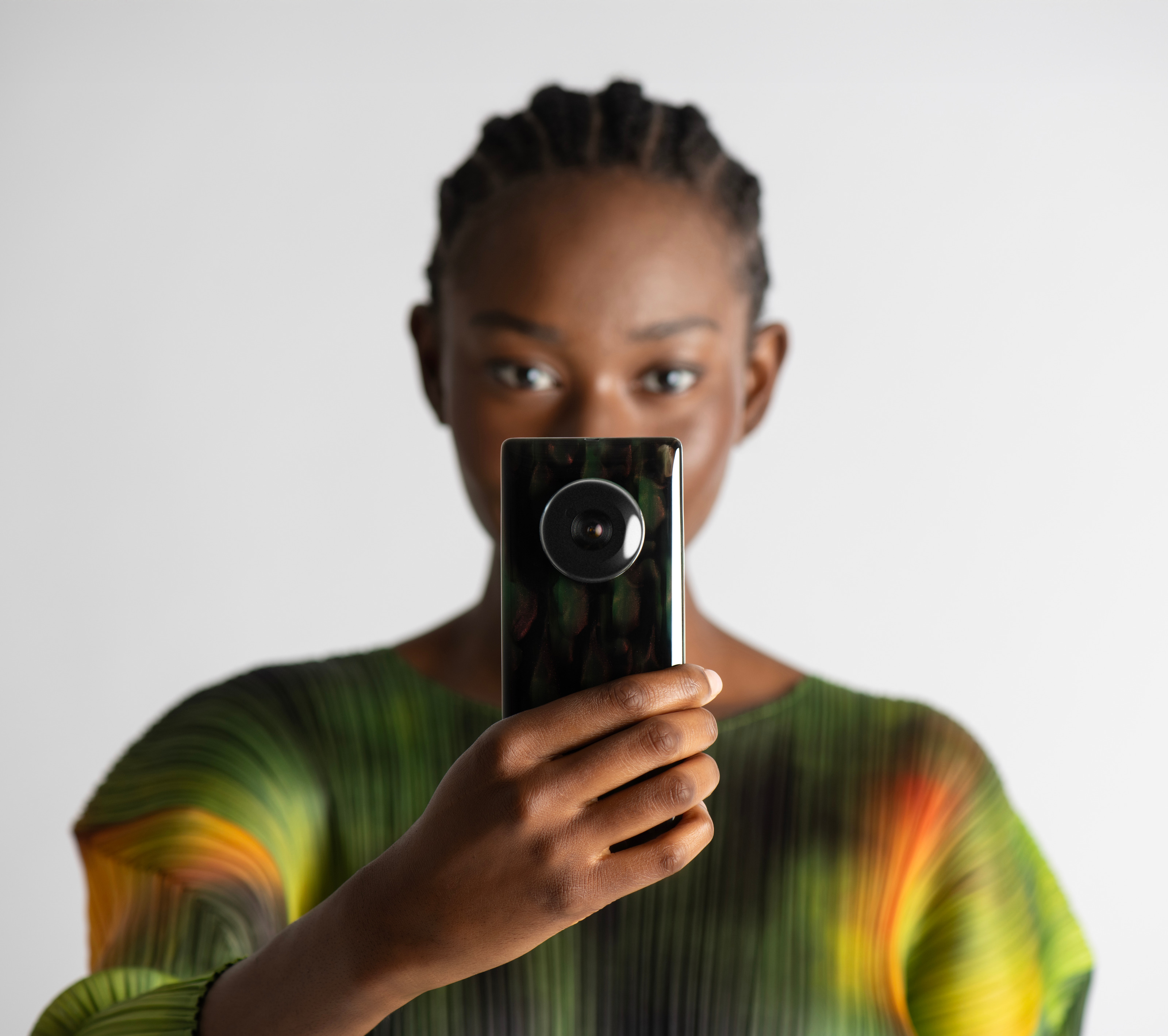
The PiA system by Layer
All this is speculative, but it points to what is surely coming as smartphone makers like Google, Apple and Samsung increasingly package each new model in with ever tighter AI integration. Within the next couple of years, you can expect the premium manufacturers to create hybrid devices that take greater advantage of the AI revolution.
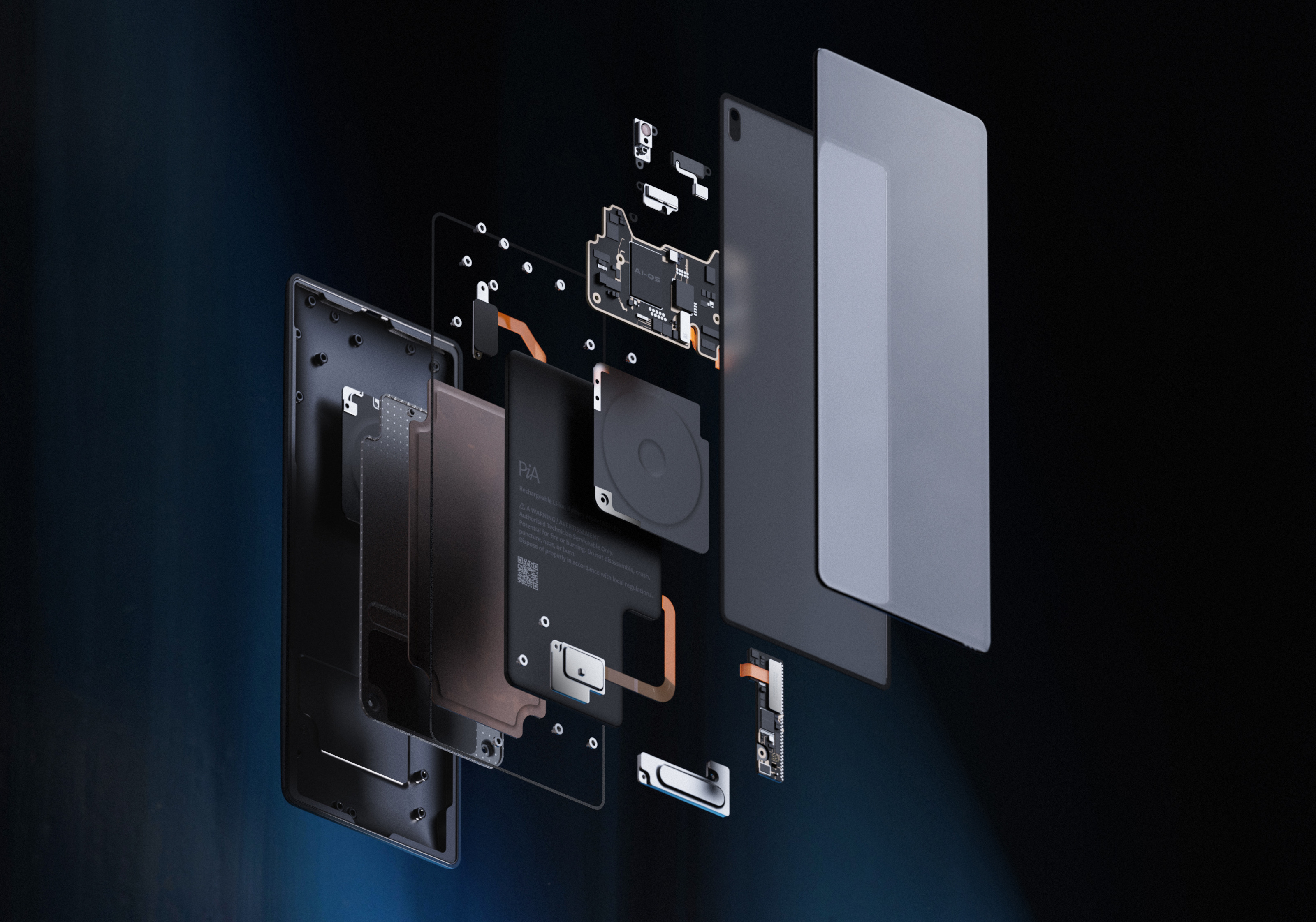
The smartphone has no rear camera module and is ultra-slim as a result
As Layer notes, the shift from ‘AI’ to ‘PiA’ is a small but significant one, moving ‘beyond the conventional to emphasise the personal and intuitive nature of the technology’. As with all the studio’s exploratory work, the design encompasses the hardware, OS and packaging and presentation, all of which is designed to ‘foster a sense of connection to the natural world’ and redefine AI as an emotionally and technologically engaged companion.
Wallpaper* Newsletter
Receive our daily digest of inspiration, escapism and design stories from around the world direct to your inbox.
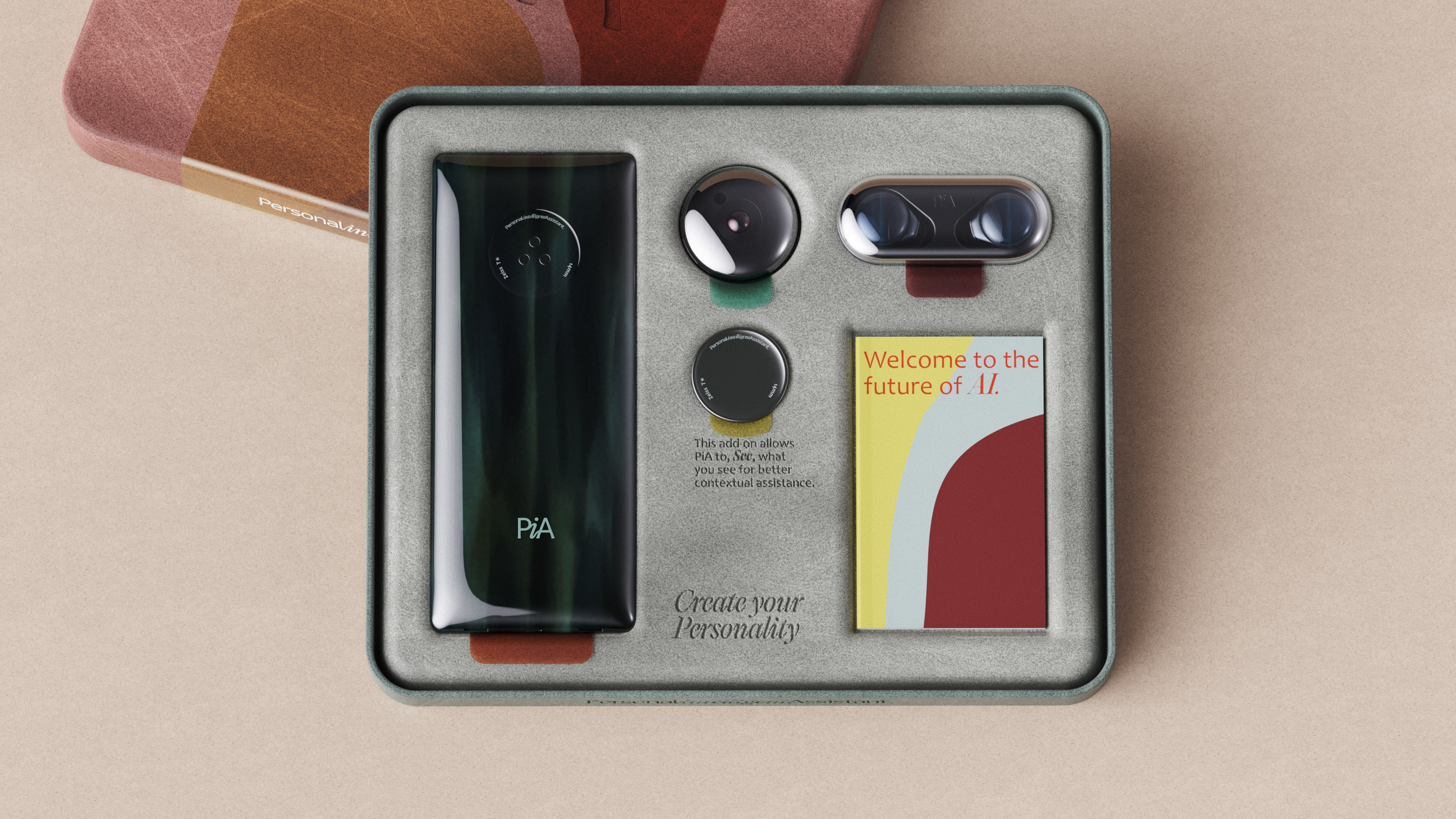
Layer has created the graphic identity, OS, packaging and hardware of the PiA
LayerDesign.com, @Layer_Design, CompFab.co.uk
Jonathan Bell has written for Wallpaper* magazine since 1999, covering everything from architecture and transport design to books, tech and graphic design. He is now the magazine’s Transport and Technology Editor. Jonathan has written and edited 15 books, including Concept Car Design, 21st Century House, and The New Modern House. He is also the host of Wallpaper’s first podcast.
-
 Fancy a matcha-beer cocktail? Visit this dashing new LA restaurant
Fancy a matcha-beer cocktail? Visit this dashing new LA restaurantCafé 2001 channels the spirit of an American diner with the flow of a European bistro and the artistry of Japanese cuisine
By Carole Dixon
-
 Los Angeles businesses regroup after the 2025 fires
Los Angeles businesses regroup after the 2025 firesIn the third instalment of our Rebuilding LA series, we zoom in on Los Angeles businesses and the architecture and social fabric around them within the impacted Los Angeles neighbourhoods
By Mimi Zeiger
-
 New book 'I-IN' brings together Japanese heritage and minimalist architecture at its finest
New book 'I-IN' brings together Japanese heritage and minimalist architecture at its finestJapanese architecture studio I-IN flaunts its expert command of 21st-century minimalism in a new book by Frame Publishers
By Ellie Stathaki
-
 The new Polaroid Flip unfolds to bring you pin-sharp instant photography
The new Polaroid Flip unfolds to bring you pin-sharp instant photographyPolaroid announces the Flip, an instant camera that blends its evergreen film technology with better results and more control
By Jonathan Bell
-
 Microsoft vs Google: where is the battle for the ultimate AI assistant taking us?
Microsoft vs Google: where is the battle for the ultimate AI assistant taking us?Tech editor Jonathan Bell reflects on Microsoft’s Copilot, Google’s Gemini, plus the state of the art in SEO, wayward algorithms, video generation and the never-ending quest for the definition of ‘good content’
By Jonathan Bell
-
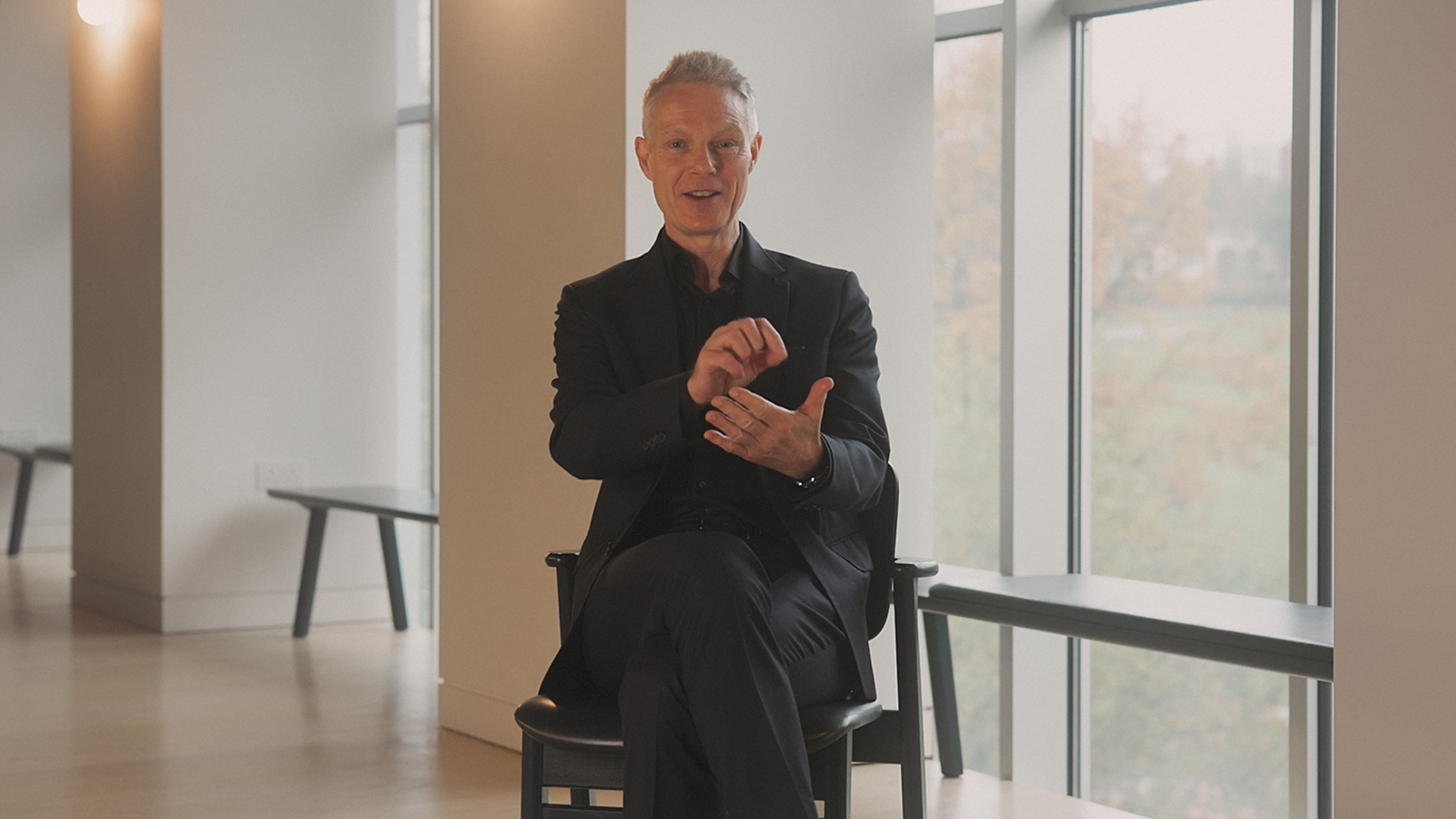 Could putting pen to reMarkable’s Paper Pro tablet make you more creative and less stressed?
Could putting pen to reMarkable’s Paper Pro tablet make you more creative and less stressed?Design Museum director Tim Marlow extols the power of ‘scribbling’, and is backed up by new research from reMarkable on the benefits of its paper tablet
By Simon Mills
-
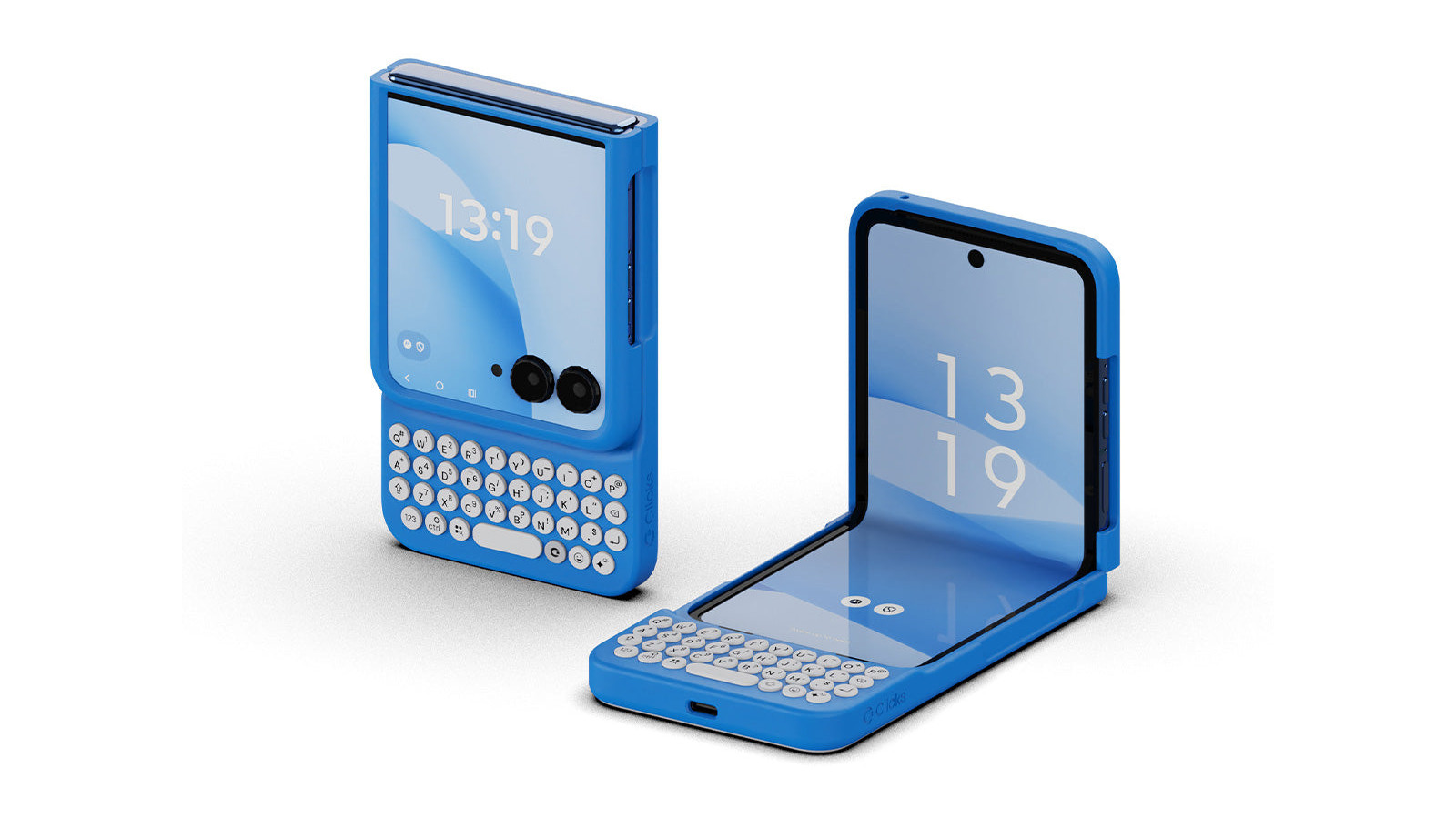 Clicks creates keyboard cases for iPhones – now they're also available for three Android flagships
Clicks creates keyboard cases for iPhones – now they're also available for three Android flagshipsSmartphones get a new lease of life with Clicks, which brings a Blackberry-style keyboard to today’s cutting-edge Apple and Android devices
By Jonathan Bell
-
 The OM System OM-3 camera blends heritage design with cutting-edge technology
The OM System OM-3 camera blends heritage design with cutting-edge technologyThe OM-3 from OM System is the newest must-have mirrorless camera design, classically styled and comprehensively equipped to create the ultimate contemporary digital camera
By Jonathan Bell
-
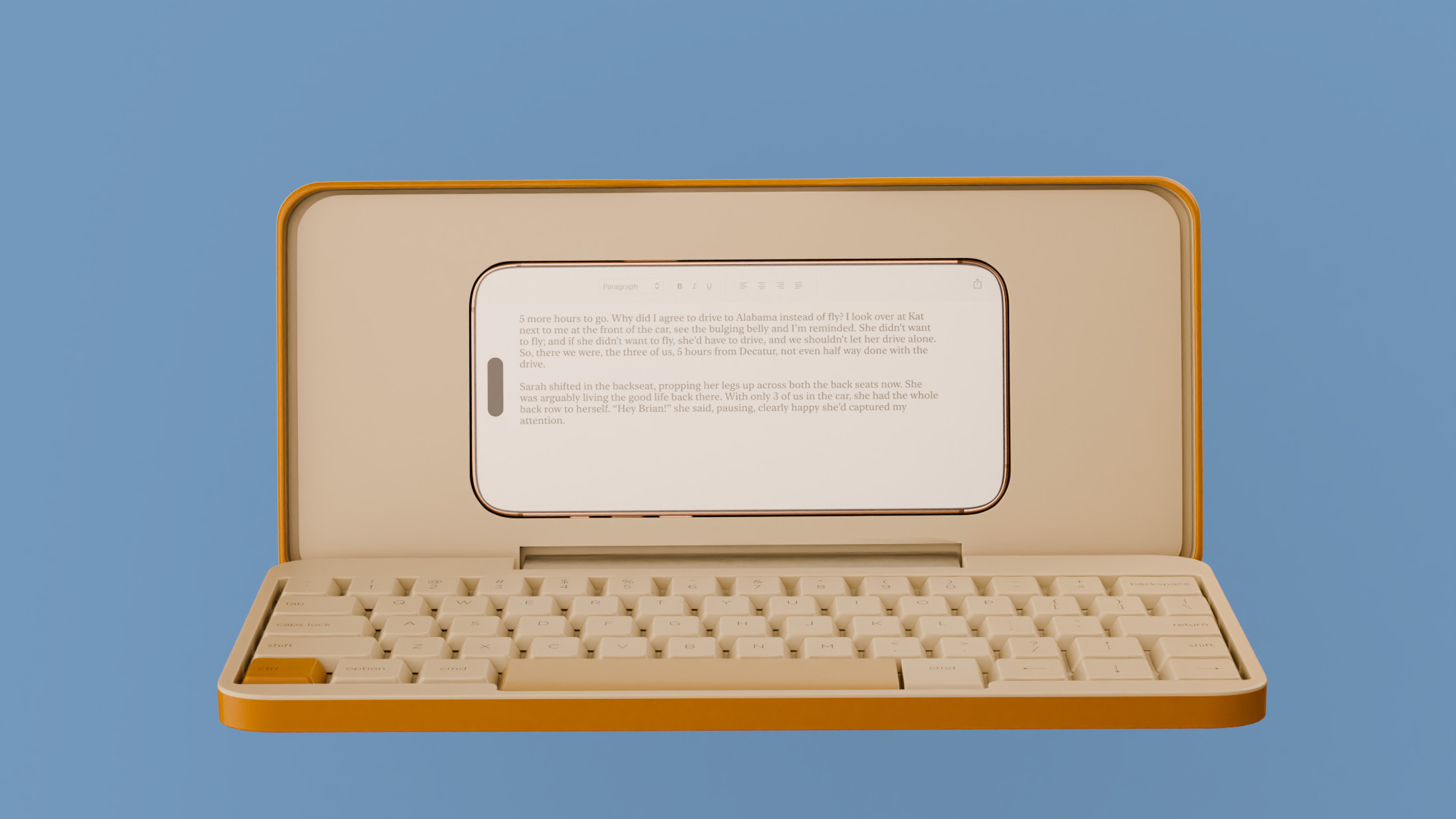 Type without the tyranny of distractions: eight new ways to get the words out
Type without the tyranny of distractions: eight new ways to get the words outLooking for a way to divert you from doom-scrolling? This selection of eight distraction-free typing devices will keep you offline and away from the socials to help you meet that deadline
By Jonathan Bell
-
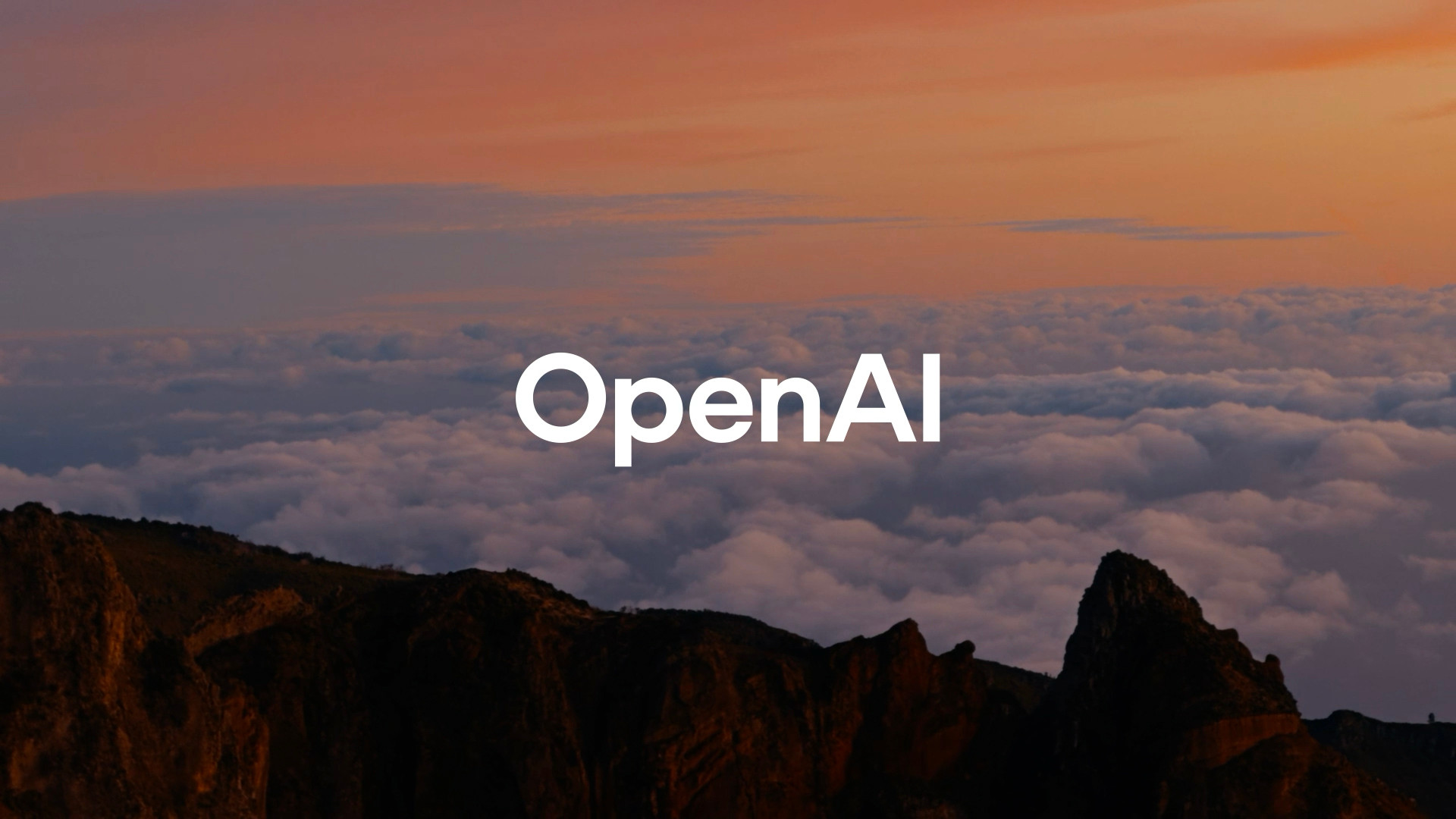 OpenAI has undergone its first ever rebrand, giving fresh life to ChatGPT interactions
OpenAI has undergone its first ever rebrand, giving fresh life to ChatGPT interactionsA new typeface, word mark, symbol and palette underpin all the ways in which OpenAI’s technology interacts with the real world
By Jonathan Bell
-
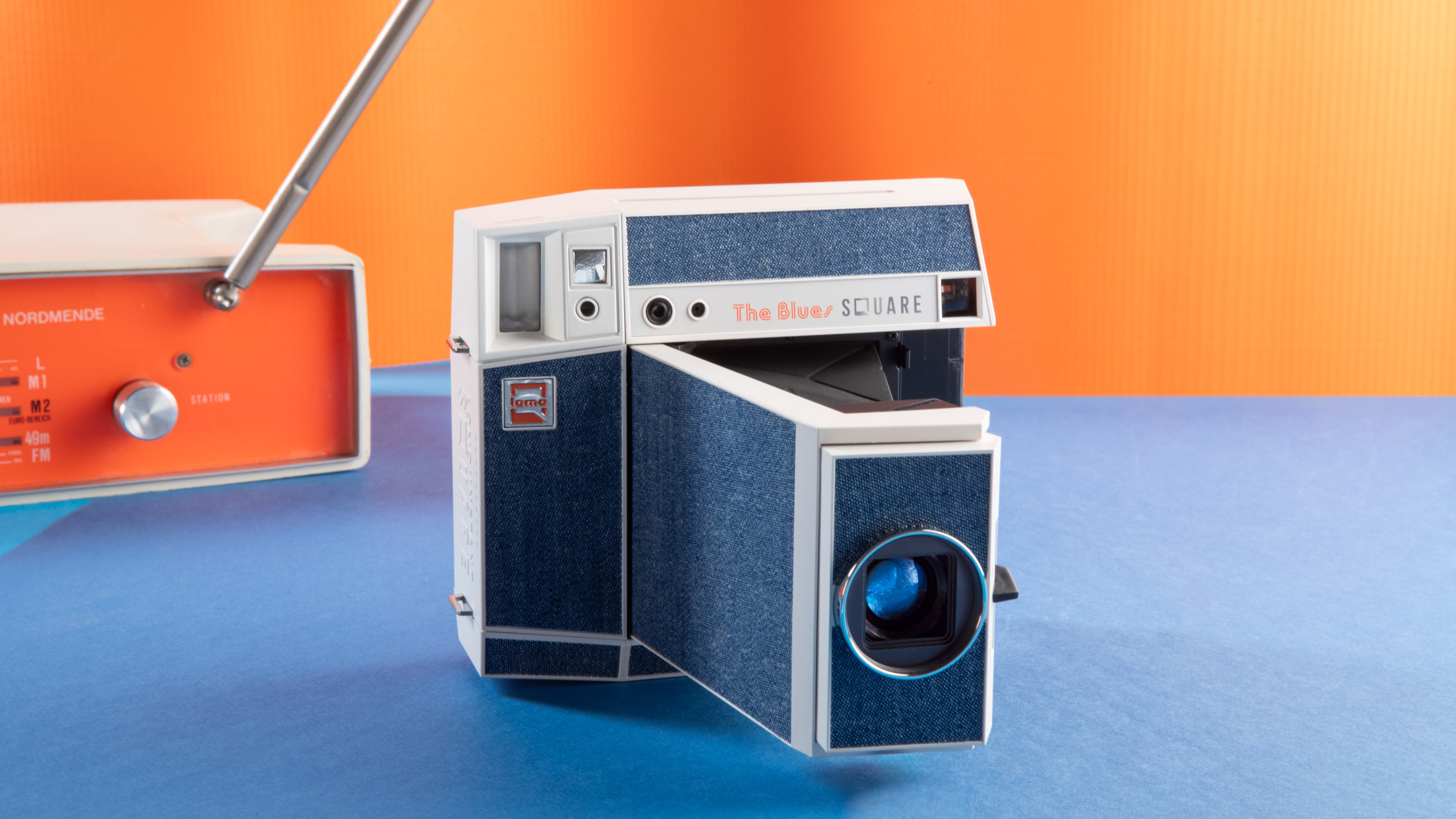 Point, shoot and process with Lomography’s two new colourful Instax camera editions
Point, shoot and process with Lomography’s two new colourful Instax camera editionsWith the Pemberley and The Blues editions, the Lomo’Instant Square Glass camera provides stylish and pocketable analogue photography
By Jonathan Bell